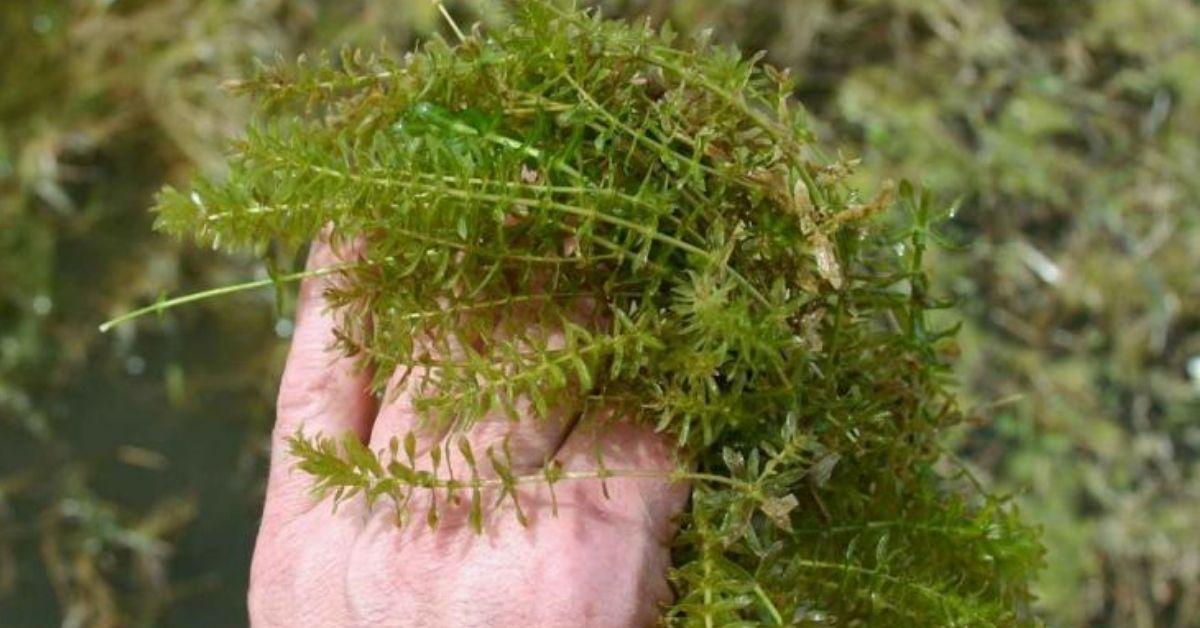Bass Love The Grass: How To Fish And Identify 5 Different Types Of Aquatic Grasses
When you are fishing your favorite bass waters or an unfamiliar body of water, your search for bass becomes an easier task if you target aquatic vegetation.
Here is a look at five common types of grass bass love and how to fish each type.
There are many types of grass available to bass throughout the country so knowing what type of grass best attracts bass and how best to fish the weeds will increase your odds for success. Submersed plants are the most popular type of grass bass anglers target throughout the country. These species of plants live entirely submerged in the water but will top out along the surface and most form a matted canopy.
Coontail
This native plant has crowded leaves at the tips of the plant which makes it took like a raccoon’s tail. Coontail is often confused with milfoil but the plant does not have multiple leaflets around its stem-like milfoil. Flipping a Texas-rigged sickle-tail worm or Senko into this type of grass will catch bass. A plastic frog skimmed across the top of the mat also provides plenty of topwater fun.
Eelgrass
The vertical stature of this plant prevents tangling of plants and thick matting on the surface like hydrilla so bass have an easier time hunting prey in this vegetation. During early spring you can rip lipless crankbaits through the plant’s newly formed leaves. Later in spring you can run swimbaits around its leaves.
Pondweed
Pondweeds come in various sizes and shapes throughout the waters of the United States. Some pondweed has small broad leaves that float and other pondweeds feature narrow leaves. Fish the outside edges with jigs, crankbaits and spinnerbaits or cast over the weed tops with plastic frogs or toads.
Hydrilla
This invasive species grows thick mats that can take over a lake’s shoreline. It’s best to fish it in early spring when you can rip a lipless crankbait through its vertical grassline. When the mat forms later in the year, you have to punch Texas-rigged soft plastics with heavyweights to reach bass hiding in the vegetation.
Milfoil
There are both invasive and native milfoils in bass waters across the country. Milfoil features feathery leaves, which are typically arranged in whorls of leaflets around the plant’s stem. You can rip lipless crankbaits or spinnerbaits through the sparse grass in early spring but you need to punch heavyweights down through the canopy when the milfoil thickens in warmer water.
Updated December 2nd, 2019 at 10:17 AM CT


